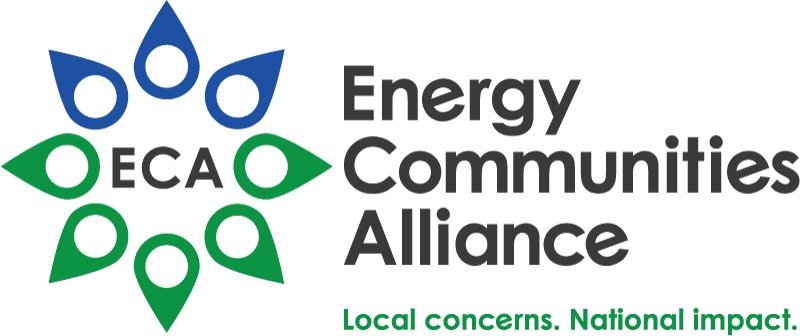EM, NNSA have over $14 billion in carryover balances, report finds
The Department of Energy (DOE) Office of Environmental Management (EM) and National Nuclear Security Administration (NNSA) each have billions in carryover balances - totaling over $14 billion - from Congressionally appropriated funds, according to a recent report by the Government Accountability Office (GAO).
EM and NNSA oversee the cleanup of DOE's legacy sites and the operation of the nuclear security enterprise, respectively. Most funds that Congress appropriates to EM and NNSA remain available for obligation until they are expended (costed). Balances not obligated or costed can generally be carried over to future fiscal years, but these carryover balances can accumulate beyond the minimum needed to support programs, tying up resources that could be put to other uses.
GAO's recent report found that EM had about $3.2 billion in total carryover balances, and NNSA had about $10.9 billion. EM’s carryover is equivalent to about 42 percent of the funds appropriated to EM for fiscal year 2021. The carryover balance for NNSA’s Weapons Activities and Defense Nuclear Nonproliferation appropriation accounts is equivalent to about 62 percent of the funds appropriated to these accounts for fiscal year 2021.
While the majority of these balances were made available until expended, only 1.4 percent of the total $14.1 billion was appropriated more than 5 years ago, indicating that EM and NNSA have generally ensured that older funds were spent before newer funds.
The report also covers DOE and NNSA practices for identifying uncosted balances that warrant greater scrutiny. DOE and NNSA have used benchmarks, or thresholds, since 1996 to monitor uncosted balances for operating activities. DOE documents state that year-end balances exceeding these thresholds warrant greater scrutiny. At the end of fiscal year 2021, EM and NNSA had about $3.5 billion in such uncosted balances. EM and NNSA also had $3.1 billion in uncosted balances for line-item construction projects. However, according to DOE, line-item construction projects are not subject to the thresholds and should be examined on a case-by-case basis.
A number of drivers contribute to uncosted balances in excess of thresholds, according to the report. Some drivers, such as continuing resolutions or larger-than-requested appropriations, may fully explain an excess balance. However, others, such as unanticipated changes in work scope or program execution challenges or delays, may not fully explain an excess balance. EM and NNSA periodically review these balances and have sometimes taken actions to manage them, such as seeking to reprogram excess funds to the programs, projects, and activities with greater need; reducing future fiscal years' budget requests; and modifying contract scope.
GAO is making seven recommendations, including that DOE and NNSA better document their thresholds—including definitions, bases, and purpose—to ensure that they are applied consistently throughout the department, and that DOE develop guidance on how to evaluate uncosted balances and consider them when developing future funding requests. DOE and NNSA concurred with GAO’s recommendations.
To read the full report, please click here.
